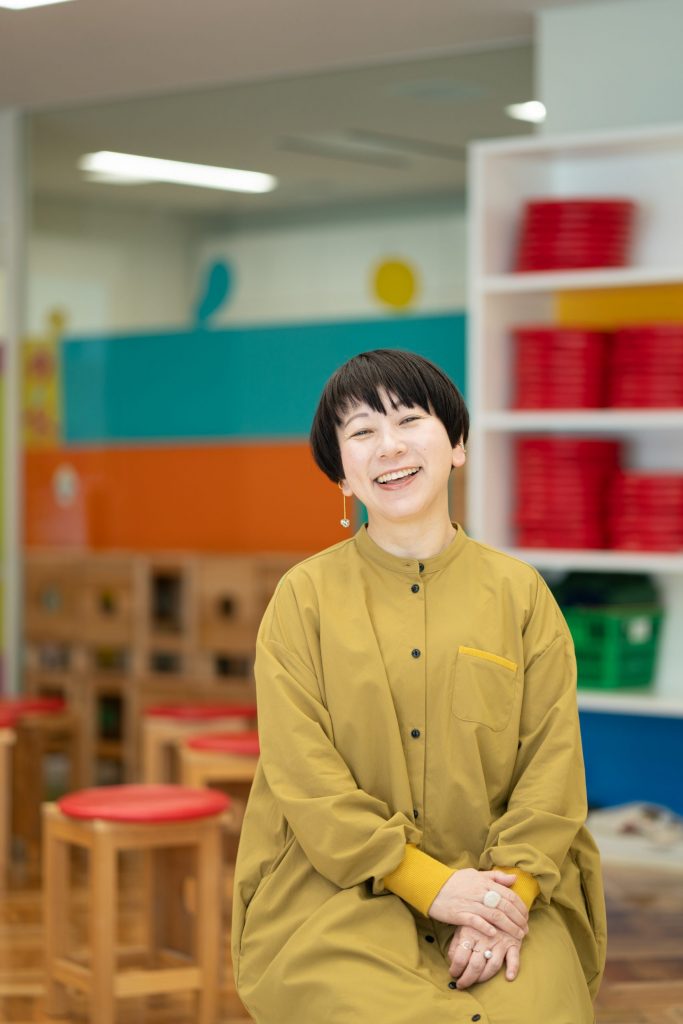Museum Director’s Message
Welcome to the renovated Yokohama Museum of Art!
When the Yokohama Museum of Art opened in 1989, it was one of the first
buildings in the Minato Mirai district.
For the last thirty-six years, visitors have been able to See art in our exhibitions,
Create art in workshops for both adults and children, and Learn
about art in our library.
The museum has now fully reopened after more than three years since it closed for
major renovations in 2021.
This building, designed by Tange Kenzo, postwar Japan’s leading architect, is
our pride and joy. While preserving it for future generations, the renovations
include a number of creative ideas proudly displayed in this reopening. One
example is the new furniture and signage in the Grand Gallery, our museum’s
most symbolic feature, designed by architect Inui Kumiko and graphic designer
Kikuchi Atsuki.
The myriad pink hues were selected from those in the grain of the stone from
which the building is constructed. Our intention is to provide spaces in which a
people from all walks of life can spend their time as they wish.
An art museum is, of course, a place to encounter art. But encounters with art
are not its sole objective. Here visitors can see art, create their own art, take a
break in the Grand Gallery, and, if they wish to learn more, the Art Library is
only a few steps away. The Cafe is there for those who are thirsty, the Museum
Shop for those choosing longed-for souvenirs. All are parts of a seamless
experience that awakens in each visitor the vitality that brings delight to life, and
that is exactly the goal we are working towards.
A visit to this museum. Time well spent.
We will do everything in our power to make these words a reality for every
visitor.
Kuraya Mika
Director, Yokohama Museum of Art
February 2025










